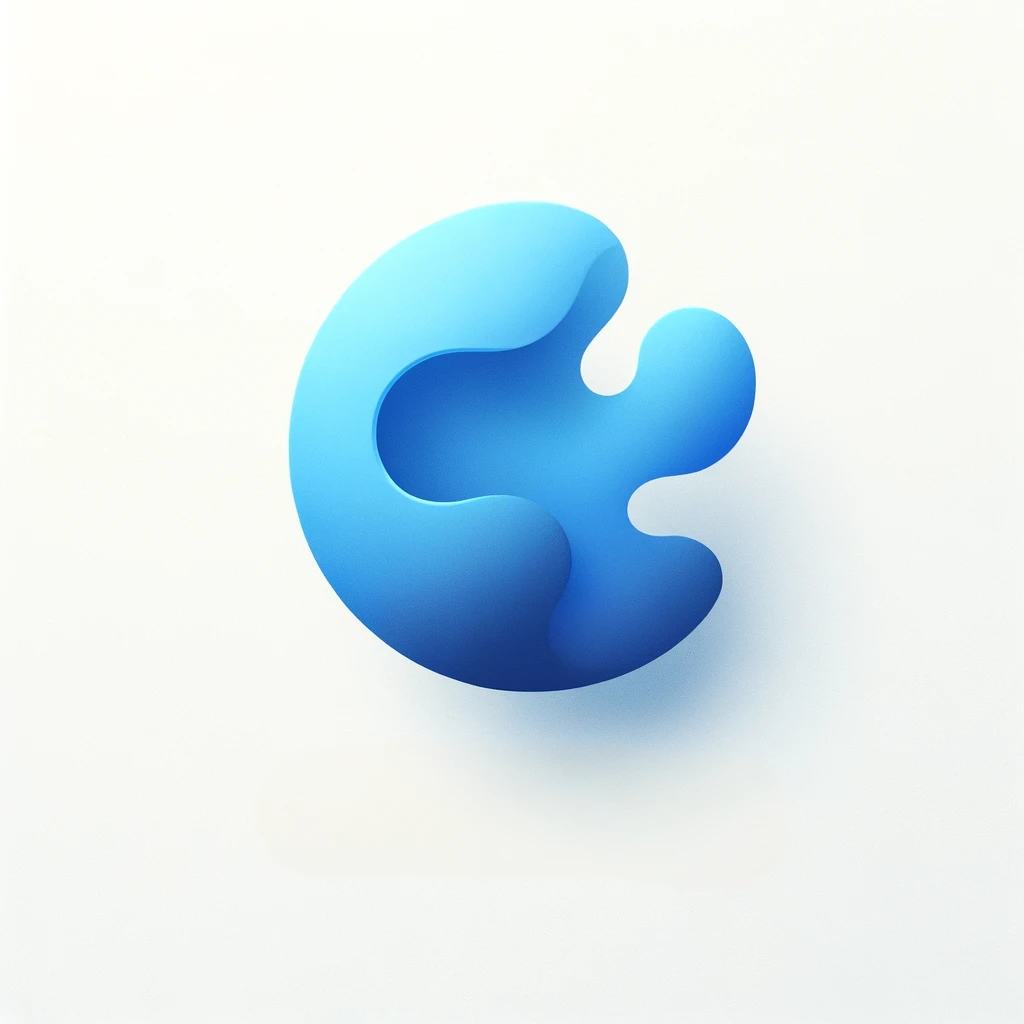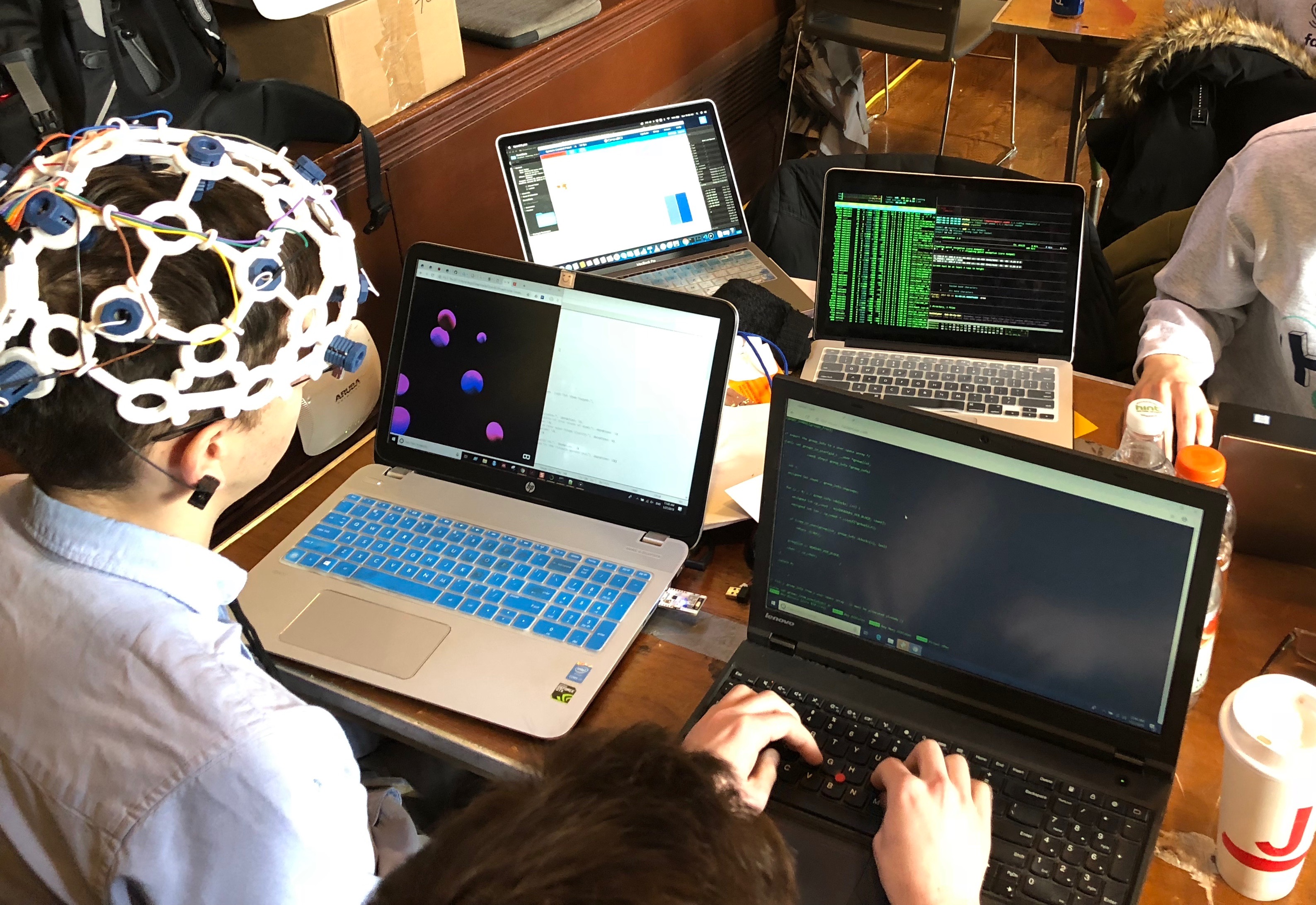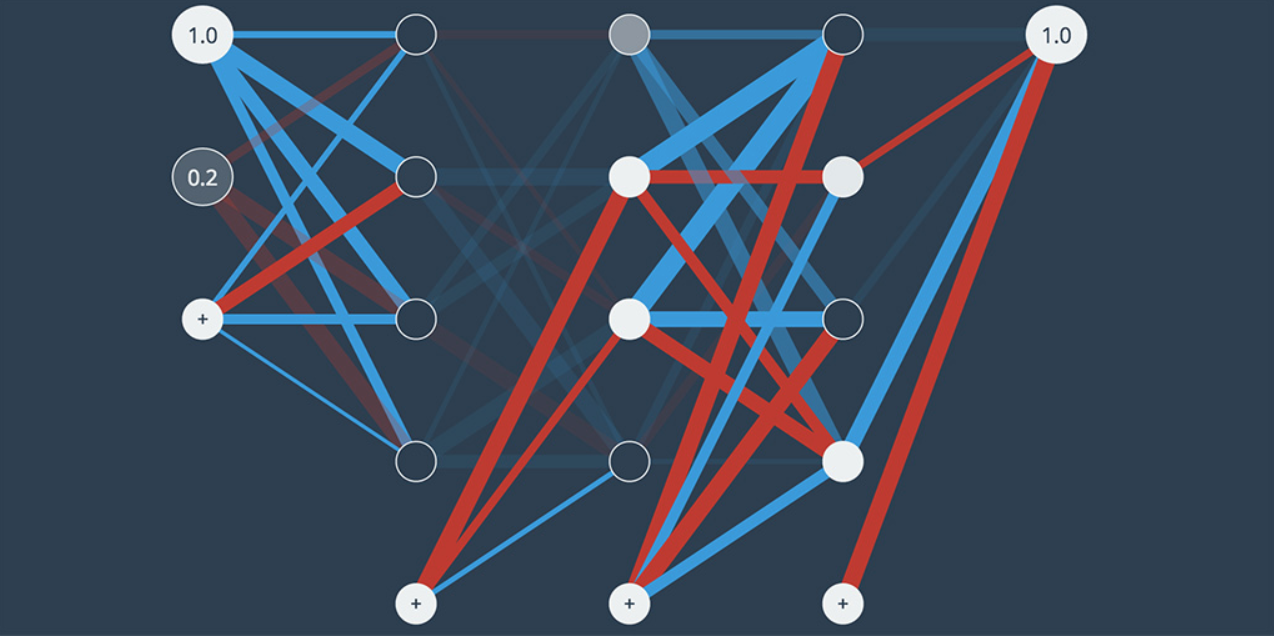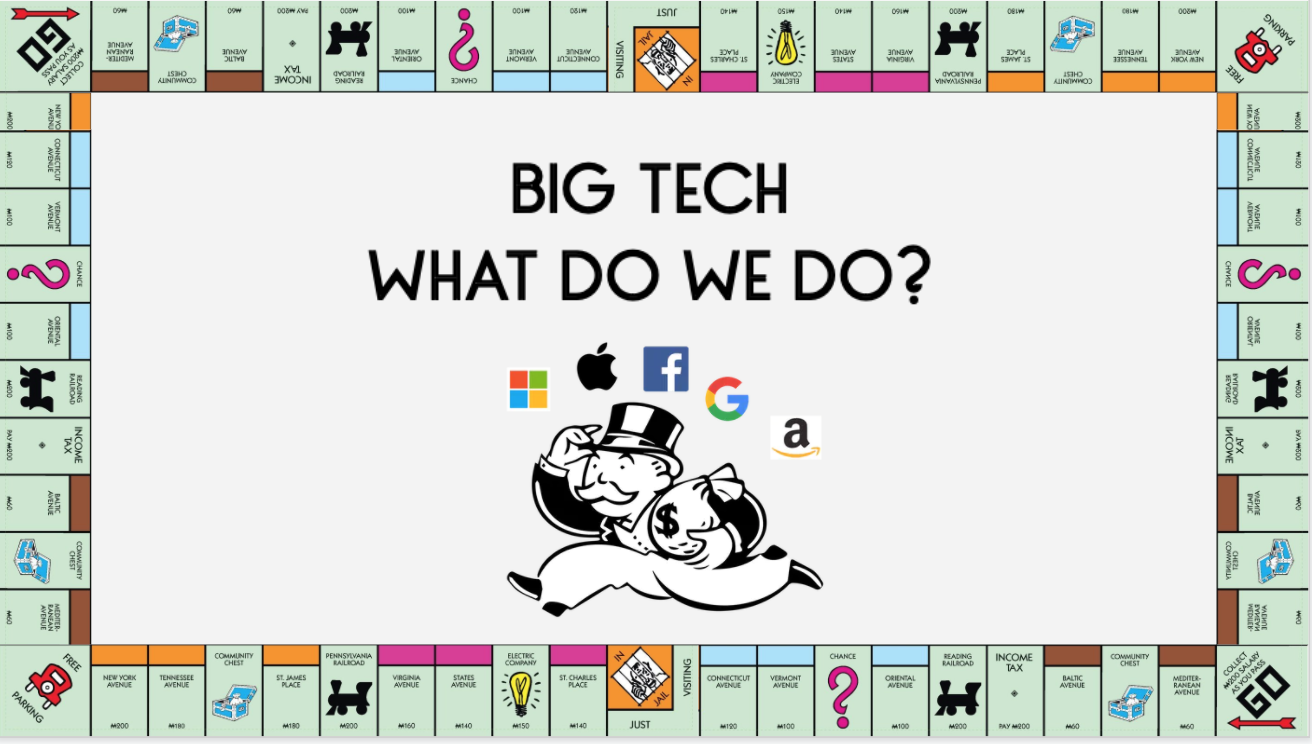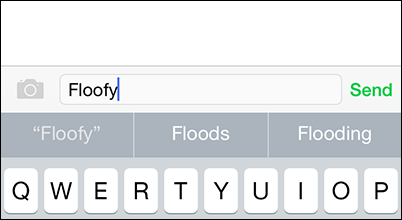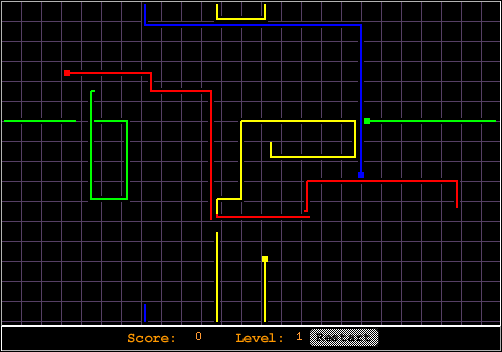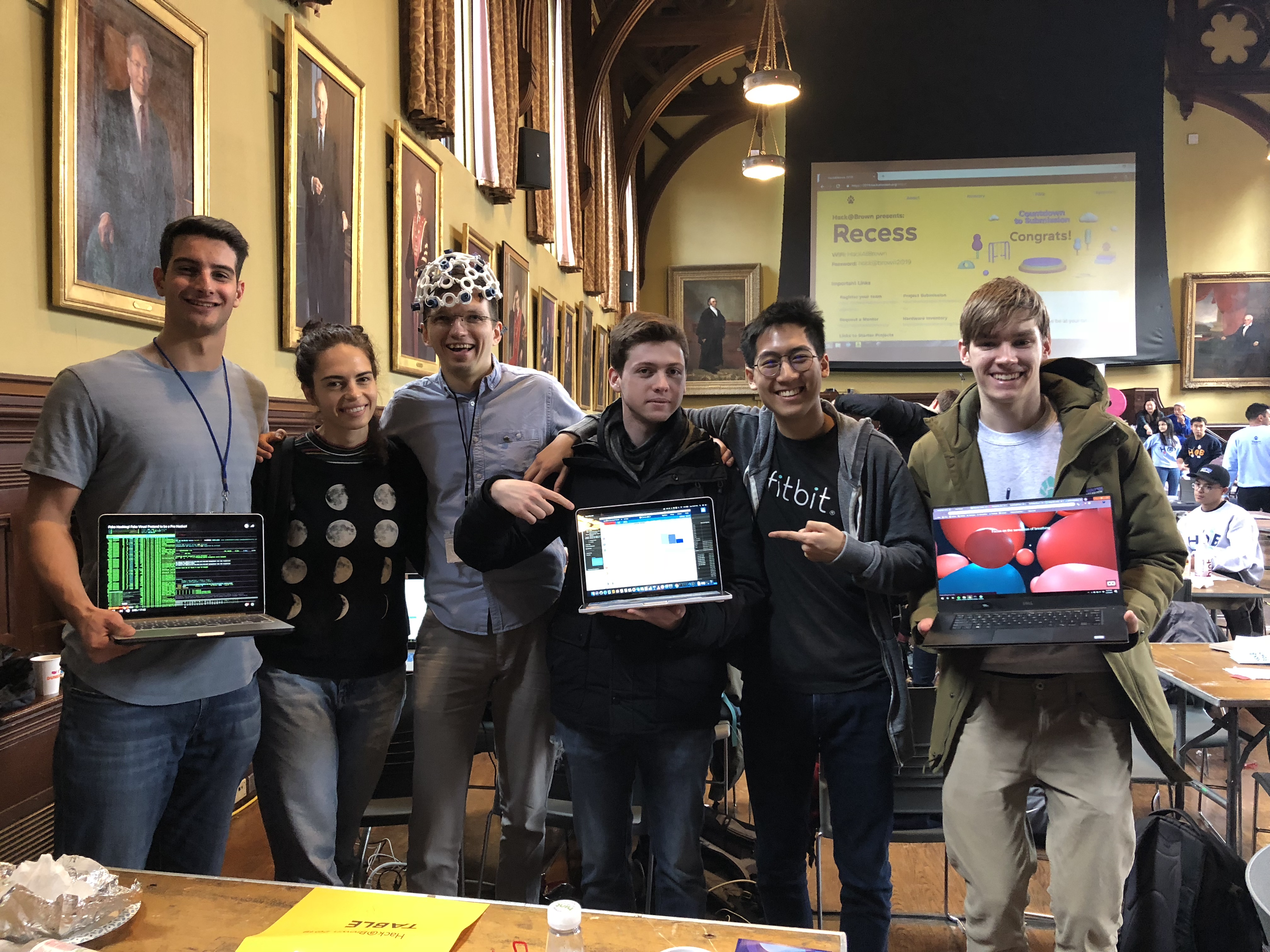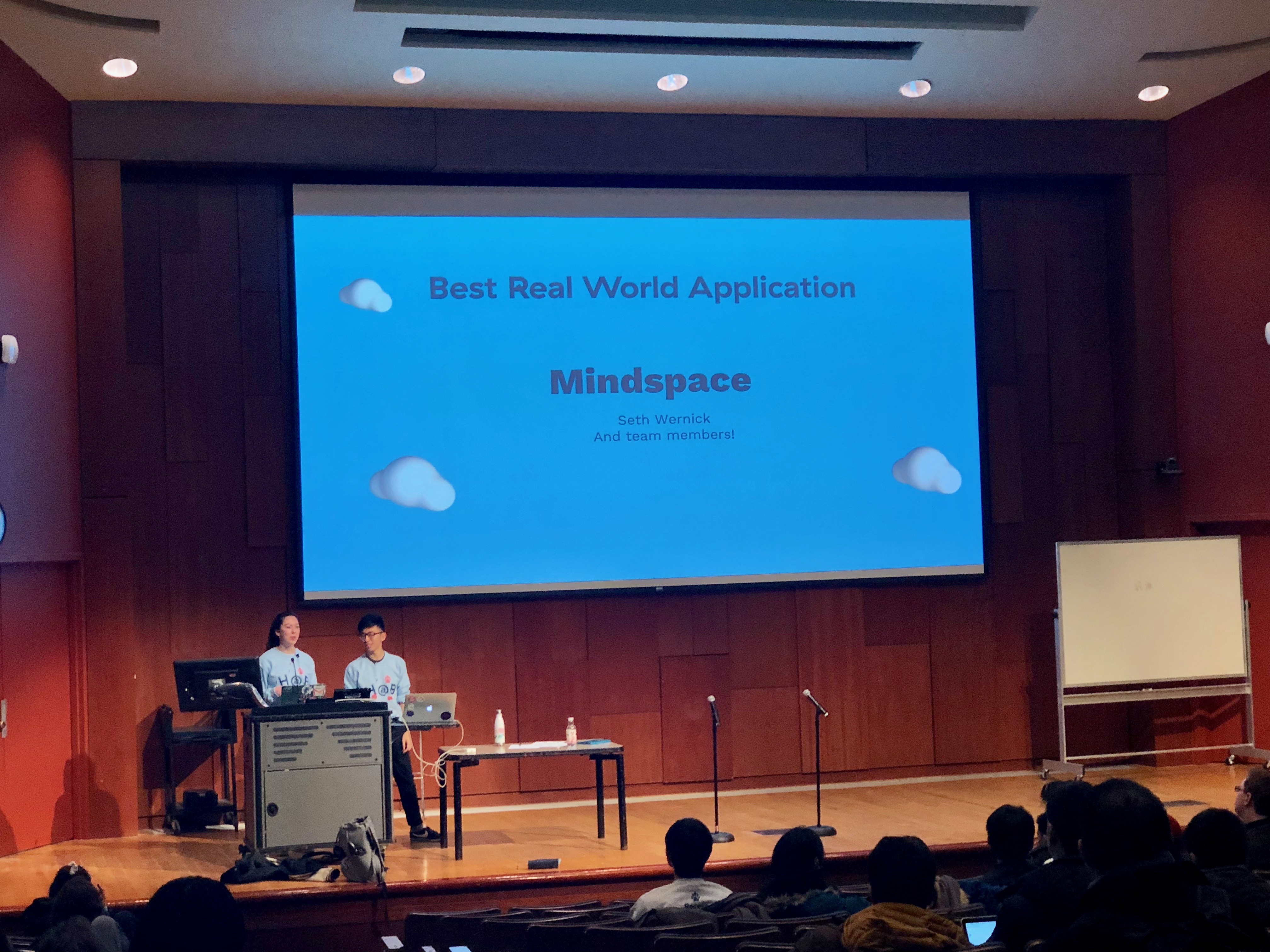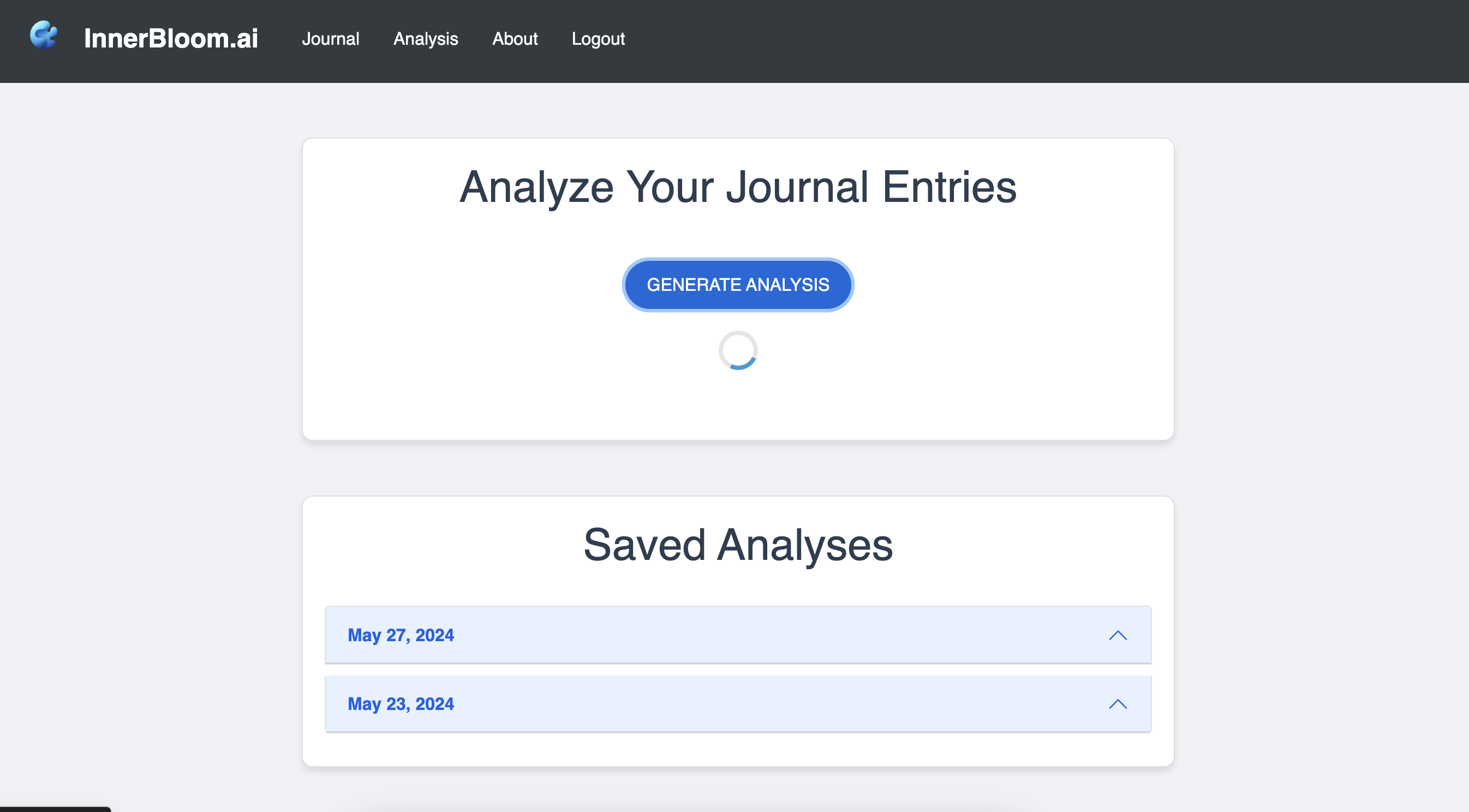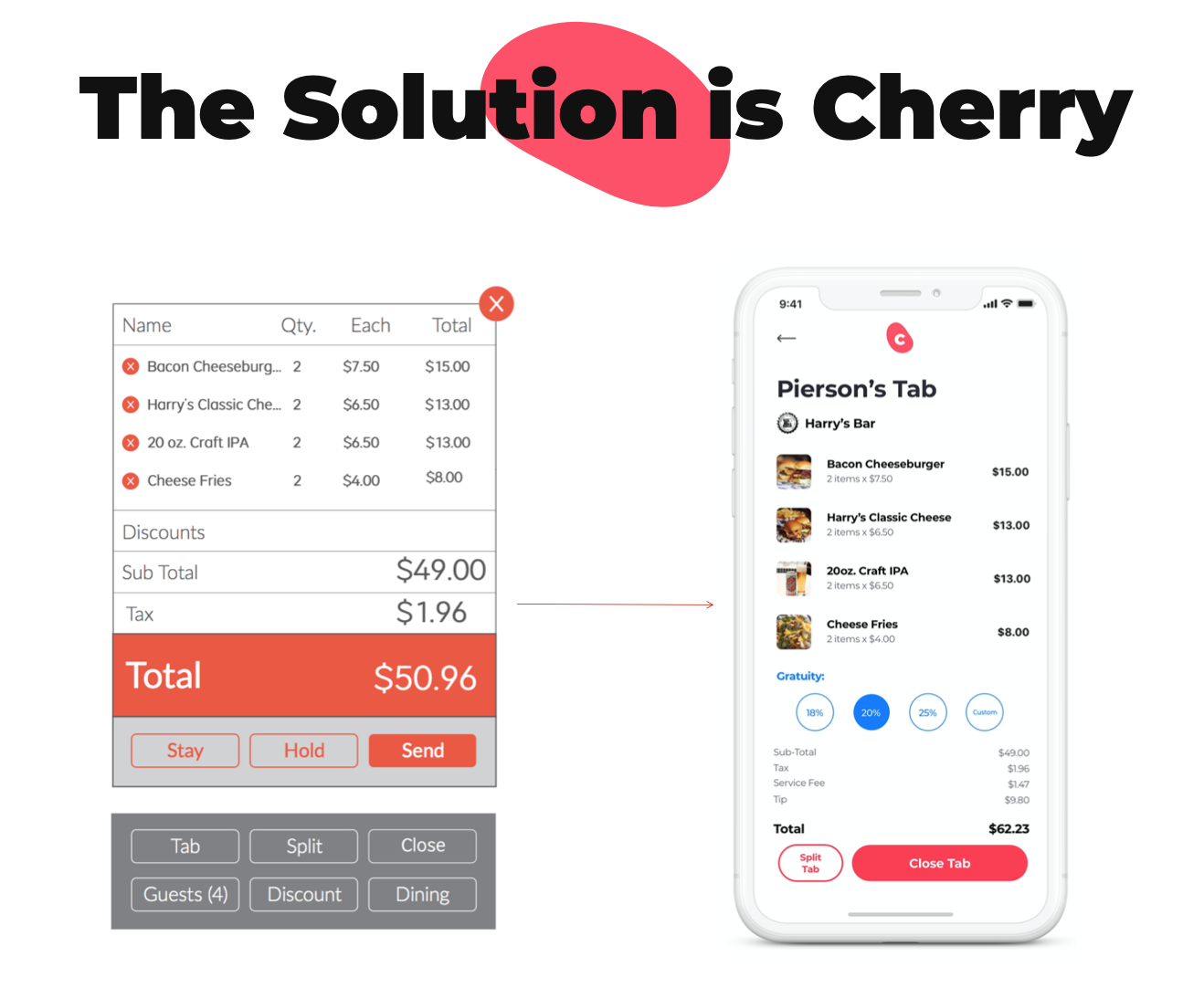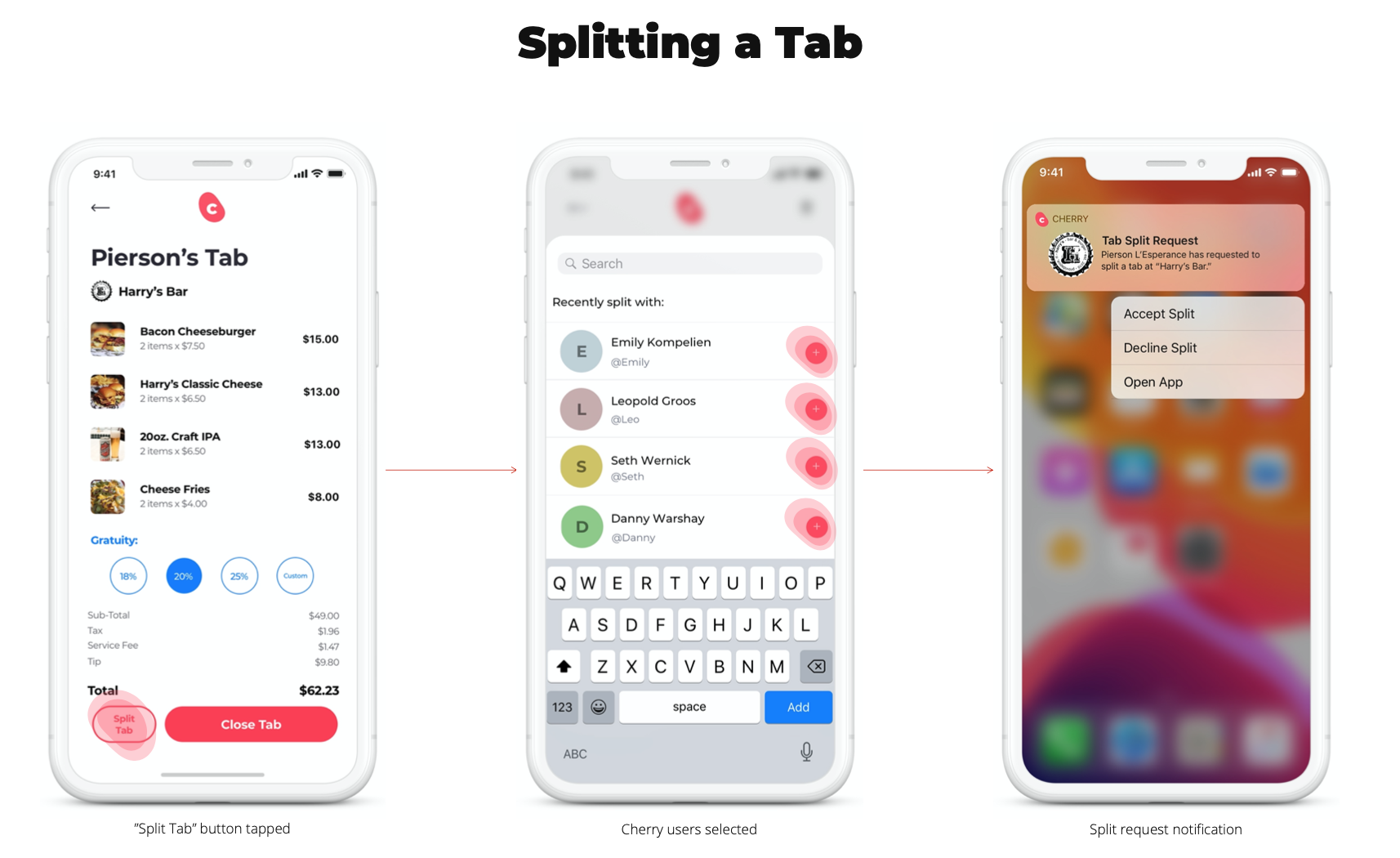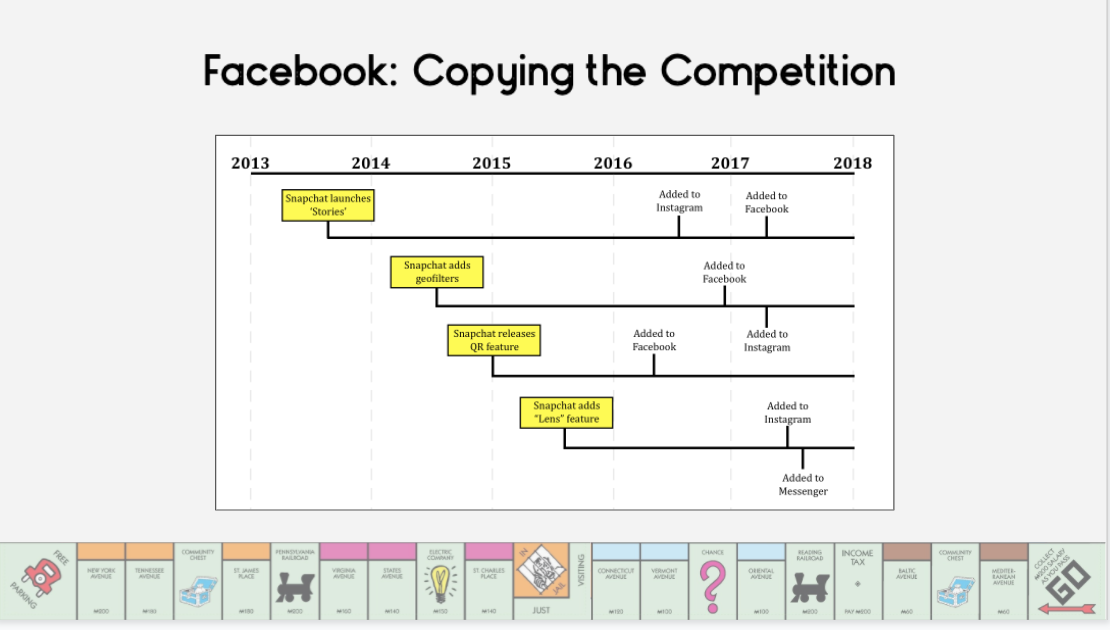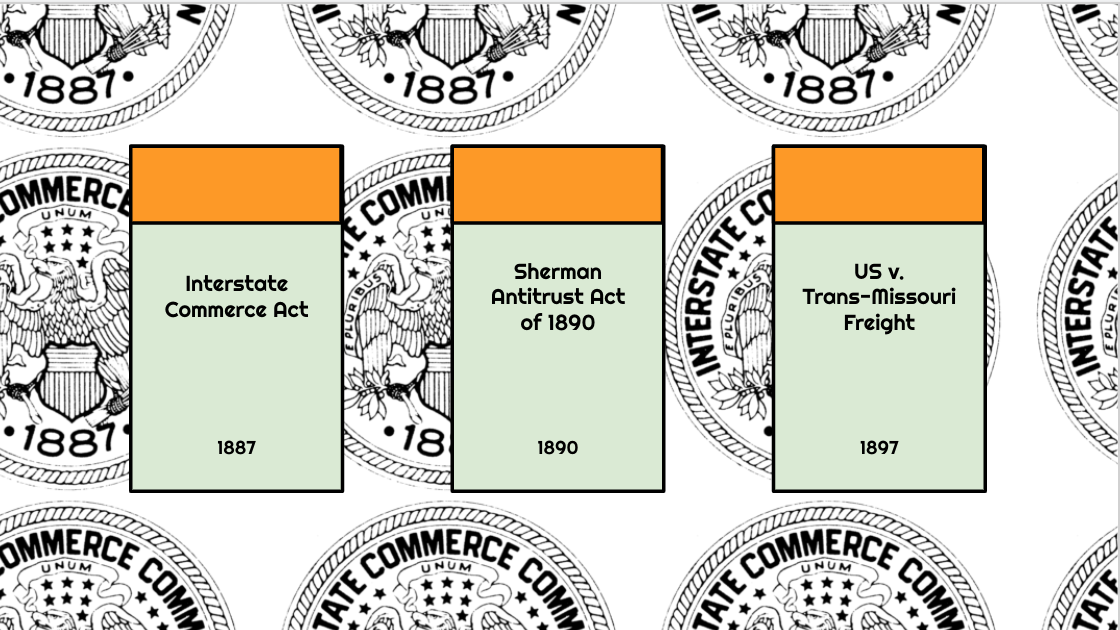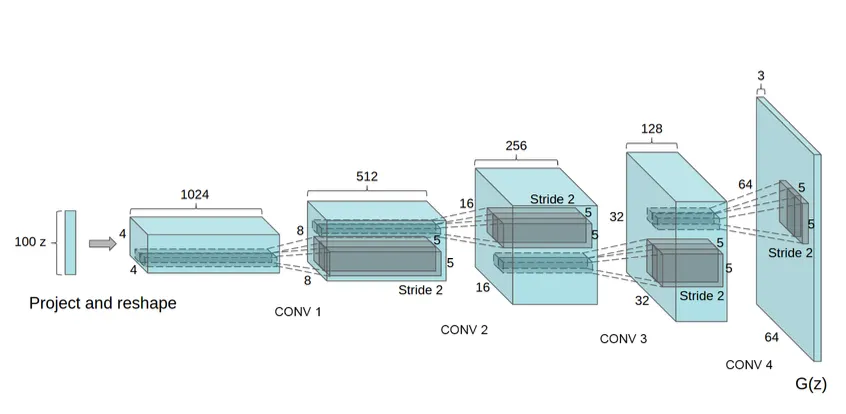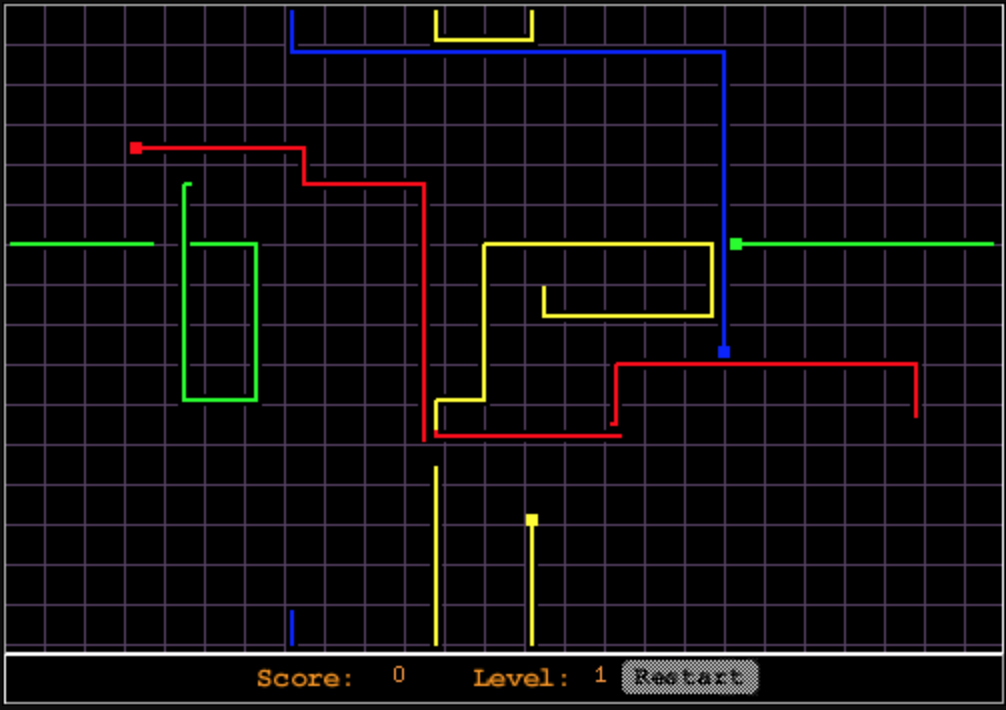About Me

Hi, I’m Seth Wernick, an engineer-turned-product manager with experience in AI/ML, media, policy, automation, and agriculture. I am motivated to make technology that makes a difference, especially in the fields of mental health, fitness, food, and sustainability.
Currently, I am a Product Manager at Launch by NTT Data, a digital agency where I’ve led our work with MIT Technology Review. As part of this project, I led a homepage redesign for Tech Review, which earned a Webby Award Finalist nomination.
I’m a 2020 CS and Philosophy graduate from Brown University. After college, I spent a year exploring food and agriculture through volunteering on organic farms. During this time, I doubled as a Technology Policy Researcher for the Massachusetts State Senate.
I love product work because I love to build new things. Some of my notable projects include MindSpaces, a VR-based meditation product which placed 1st at Hack@Brown, and InnerBloom.ai, a journaling web app that leverages AI to produce psychological insights for users.
